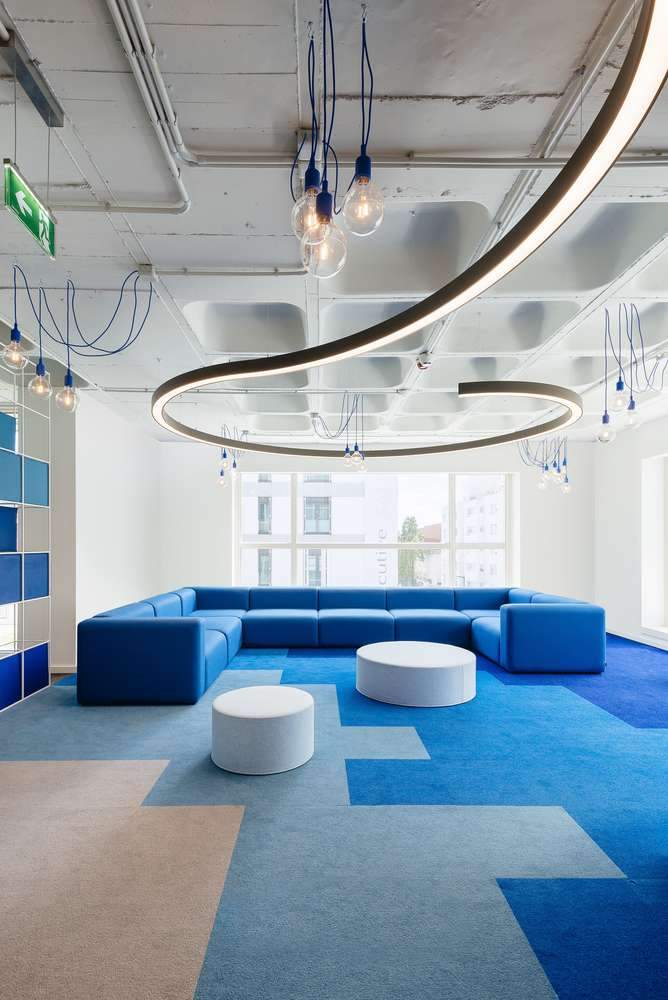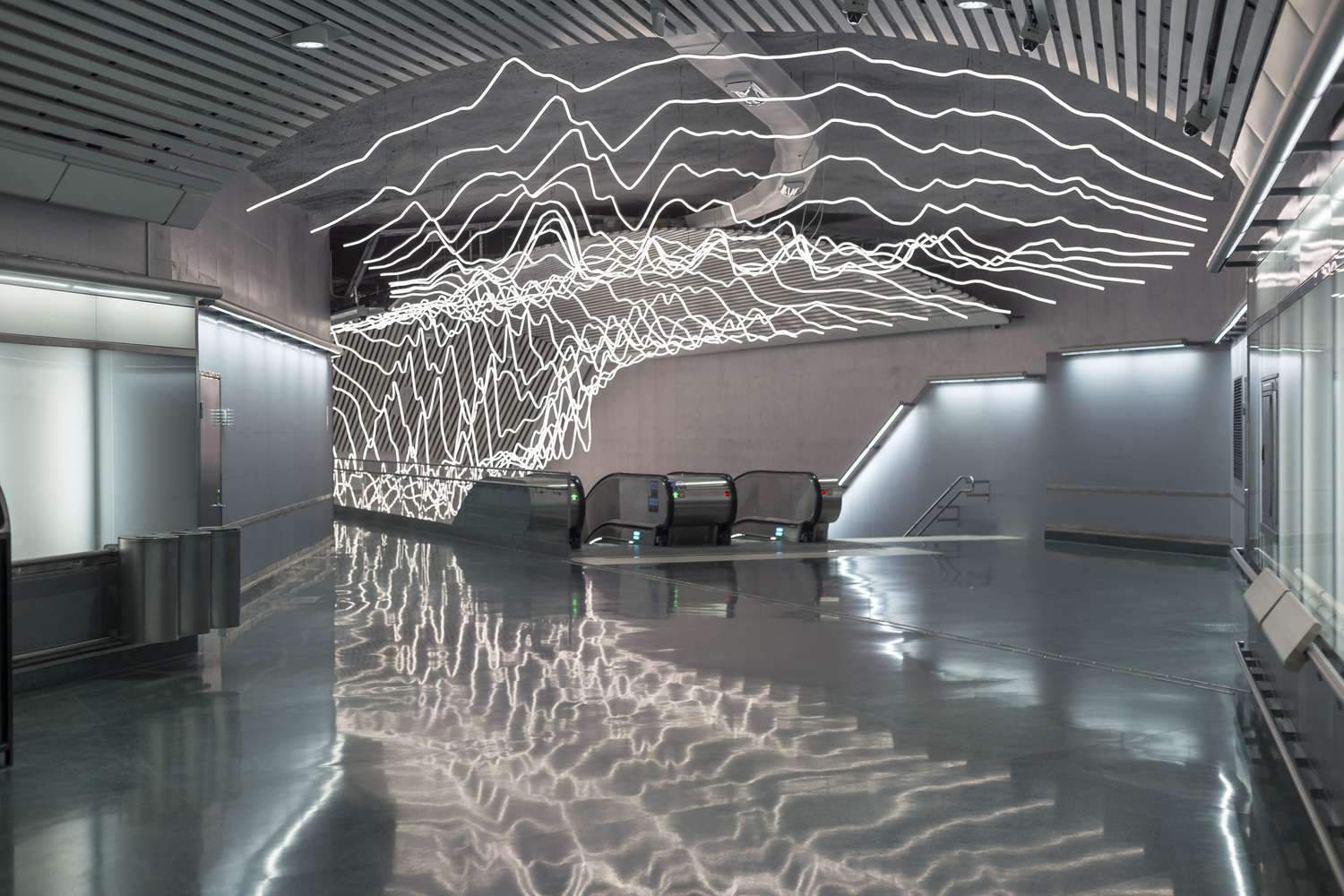Using artificial lighting in creative ways to show off design,
Light acts as a primary purpose in the service of architecture, by aiding vision,
whether through natural or artificial methods.
Rooms must be lit accordingly so that people can live in them safely and carry out their daily functions,
and when the right system is chosen, the light will contribute to energy efficiency and sustainability within the building as a whole.
However, apart from its obvious functional and environmental value,
lighting design can significantly affect the visual comfort and aesthetic tone of interiors,
by drawing attention to textures, improving colors and defining volumes.
So among the many pieces used in interior design, lighting is definitely a tool that can improve or destroy a space.
Using artificial lighting in creative ways to show off design
And even impact on the well-being of users,
which is why it should be considered a critical design element in its own right.
Of course, natural light will always be the most comfortable for users because it is the light source that our eyes naturally adapt to.
However, most projects also require efficient artificial lighting to illuminate in the dark or in areas where natural light does not reach,
increasing the functional and aesthetic quality of the spaces.
With so many systems available (direct, indirect, diffused lighting,
effects and mods) and their evolution with new design trends and techniques, there are endless design possibilities to choose from.
With this in mind, choosing the right way to artificially illuminate a modern space while,
at the same time, improving its architecture and unleashing creativity, can be quite challenging.
So to help inspire designers and architects,
we’ll introduce some creative and unique ways to use artificial light

as a powerful design statement through a range of inspirational projects.
Sculptural statement pieces
Sculptural light pieces have become a trend in contemporary interior design,
often linear elements attached to or suspended from the ceiling, and tend to provide direct focal light.
This means that the placement of the bulbs responds to specific conditions of the space,
and the luminous flux directly hits the surface,
distributing the light across the room where it is absorbed by the walls and ceilings.
Using artificial lighting in creative ways to show off design
It is important to keep in mind that direct lighting should be used with caution,
as it can create “hard” shadows if not studied properly which can become visually tiring.
Nor should they be placed over surfaces that glow or reflect,
these eye-catching sculptural pieces can be elegant and dramatic, with boundless shapes to explore.
They add strength and aesthetic value to a room and are therefore ideal in spacious environments,
where they can command attention while still being functional,
such as workspaces, lounges, restaurants and leisure spaces.

Add bold colors
Synthetic systems also offer the possibility of colored lighting, and of all the ways to achieve color,
neon lights are a classic option.
Either in the form of signs or line shapes,
they balance a retro aesthetic with a bold modern statement that can enliven an architectural space.
The neon light is emitted by a gas that activates the current, by forming hollow glass tubes,
partially evacuating the air, and passing a high-voltage electric current.
Thus by applying different gases, pigments or phosphorescent coatings,
the color options are practically unlimited.
In contrast, LED technology uses strips of light-emitting diodes,
which when linked together give the illusion of a neon-like effect.
Compared to neon lights, LED systems provide a directional light source (rather than a broad light source),
greater energy efficiency, and tend to be more cost-effective.
However, they are both ideal to allow for any desired color, contributing to a fun and unique tone.
Hanging necklaces installation
Pendant lighting is the most practical way to control the placement of a light source,
and therefore one of the most popular direct lighting systems.
While evenly distributed pendant lights achieve more uniform illumination across a space,
using fewer local fixtures can accentuate specific elements while still distributing light across walls and ceilings.
But how is the number of pendant lights required to properly illuminate a space determined?

Basically, three main points must be carried out: the square foot calculation of the area,
the necessary foot candles by room type, and the lumen required.
Once specified, pendant systems offer high design flexibility with a wide range of styles,
sizes, wires and shapes.
Thus, it can be as simple or intricate as the project’s style requires:
from the most intricate mechanical carvings for a stunning effect to a single bulb on a rope for a simple industrial look.


 العربية
العربية
Pingback: New design for sustainable Enel Primary Substation
Pingback: تصميم جديد لمحطة Enel الأساسية المستدامة
Pingback: International Poster Call BICeBé 2023
Pingback: ملصق دولي نداء BICeBé 2023